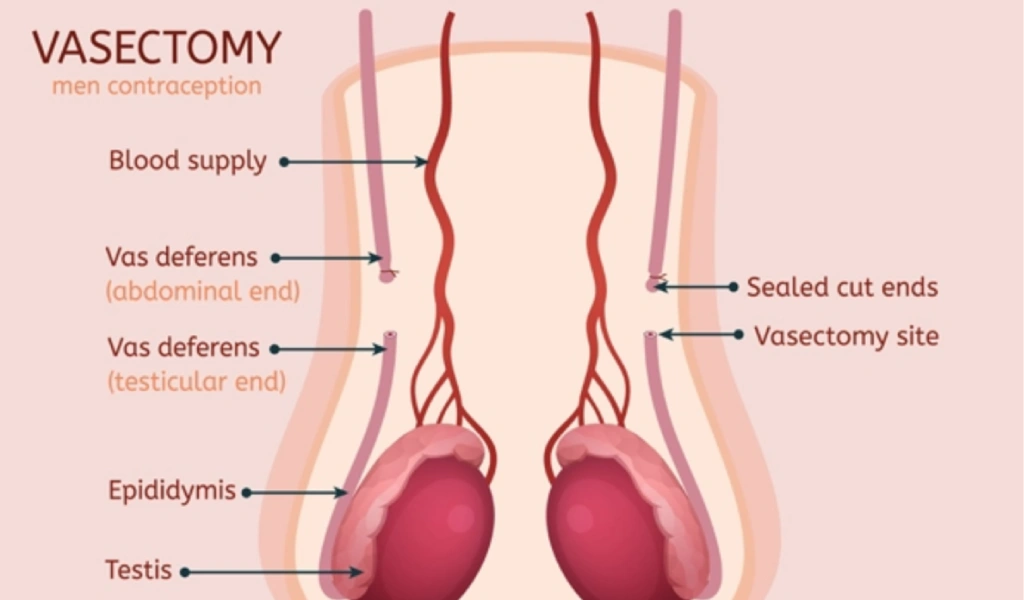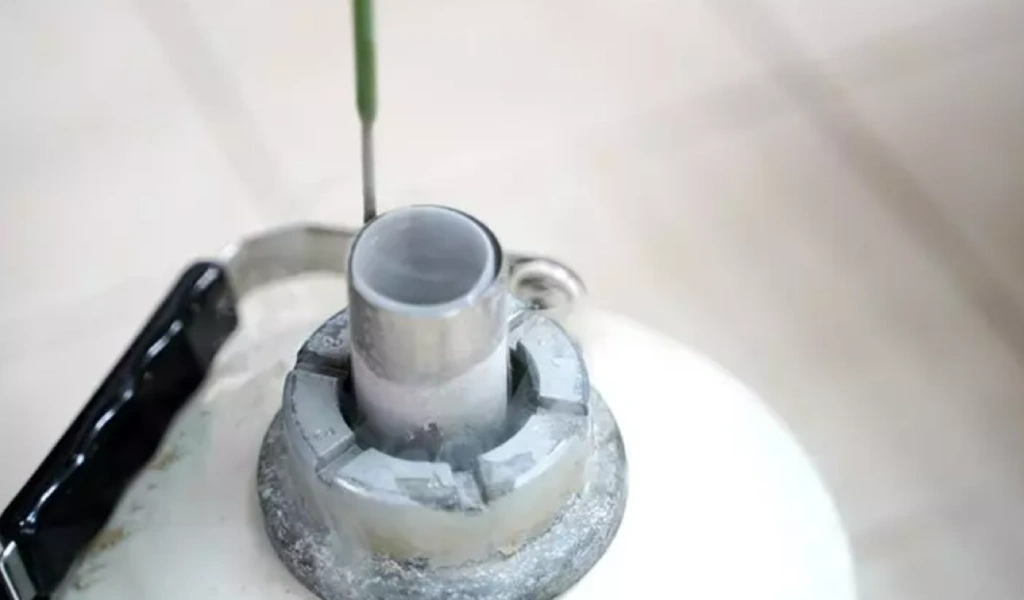In certain rare cases, failure to use contraception1 before undergoing a semen analysis may result in pregnancy.
Vasectomy is a straightforward surgical procedure performed to avoid pregnancy. Although the chances are minimal, there is a risk of pregnancy in women if the vasectomy procedure is unsuccessful.
During a vasectomy, the vas deferens (sperm ducts) are cut and sealed off to prevent sperm from mixing with semen. This surgical technique is seen as a permanent method of male sterilization or contraception.
If a couple wishes to conceive after a vasectomy, they may consider vasectomy reversal as an option. Keep reading this article ‘How can a woman become pregnant after a vasectomy?‘ to discover more about the vasectomy procedure and the possibility of getting pregnant after a vasectomy.
How Does a Vasectomy Procedure Work for Men?
There are three methods to undergo a vasectomy procedure.2

Traditional vasectomy: This technique involves the use of a scalpel to create a cut in the scrotal skin, which is then stitched up once the vasectomy has been completed.
Vasectomy is done without a scalpel: The procedure is quick and painless and is usually performed in a hospital with the patient under general anesthesia. This method is the most frequently used for vasectomies. To access the vas deferens, the doctor creates a small cut in the scrotum and then seals and cuts the tube. The process usually only takes 15-20 minutes and does not require stitches.
After the surgery, the man can still release semen, but it won’t have any sperm in it.3 It’s suggested that he gets a semen analysis three months after the vasectomy to make sure there is no sperm present.
Occlusion techniques: This procedure involves pulling out the vas deferens through a cut in the scrotal skin and blocking it using various methods like sutures, cutting, cautery, clips, removing a segment of the vas deferens, fascial interposition, or a combination of these. Many men favor the no-scalpel vasectomy procedure.
However, there is still a chance of this method failing, which could result in the possibility of pregnancy post-procedure. If you are interested in understanding how this can occur, keep reading.
Is it possible to become pregnant after having a vasectomy?
According to the American Pregnancy Association, a woman can conceive even if her male partner has undergone a vasectomy. The likelihood of pregnancy after a vasectomy is very low, at less than 1% for women. Some factors that contribute to this risk are:
- After undergoing a vasectomy, the doctor must conduct a semen analysis to ensure there is no presence of sperm. Engaging in sexual activity without verifying the absence of sperm could result in pregnancy. Therefore, medical professionals recommend using additional forms of contraception until the results of the semen analysis are confirmed.
- One way in which a vasectomy can fail is when microscopic channels develop in the scar tissue, allowing sperm to reach the penis. This process is called recanalization, and it can be detected through a semen analysis.4

- After a vasectomy, there may still be some remaining sperm in the semen, which could lead to a potential pregnancy. It is advised for a man to ejaculate 20-40 times following the procedure to ensure that there is no sperm present in the semen sample. A semen analysis should be conducted three months after the vasectomy to confirm the complete absence of sperm.5
- Even with careful measures and verifying the absence of sperm, it can still be difficult to identify the causes of pregnancy after a vasectomy procedure.
Despite the possibility of pregnancy after a vasectomy, using contraception is crucial to prevent any unexpected changes due to pregnancy.
The next part of this article discusses the rates of successful pregnancy post-vasectomy.
What is the likelihood of becoming pregnant after a vasectomy?
A survey revealed that out of the 538 cases of vasectomy examined, 177 resulted in pregnancies within five years post-procedure. The data suggested that around 1 pregnancy occurred in 1,000 vasectomies performed by the participating surgeons.
Additionally, approximately 51% of the pregnancies were the result of unprotected intercourse shortly after the vasectomy.6
Furthermore, statistics show that less than 1% of vasectomies may require a repeat procedure due to initial failure. If a couple chooses to have children after a vasectomy, there is still the option of undergoing a reversal surgery to make this possible.
What are the ways to achieve pregnancy post-vasectomy?
Vasectomy reversal involves a surgical procedure to reconnect the sperm ducts, enabling sperm to be present in the semen once again. It is a possible solution for couples who have had a vasectomy in the past but now desire to have children. It should be noted, though, that the success rate of vasectomy reversal is not definite, and pregnancy may not always be achieved as a result.7
An alternative option is to store your sperm at a sperm bank before undergoing a vasectomy, which can offer the possibility of having children in the future.

Despite having undergone a vasectomy, some couples have managed to achieve pregnancy successfully.
A vasectomy is a reliable and secure form of birth control for men. Should a couple desire to have a child in the future, it can be reversed through another procedure. Additionally, this method does not affect a man’s fertility or ability to become a parent. In light of the ongoing global population concerns, couples may want to contemplate this safe birth control option. It is advisable to discuss any concerns or anxieties with a healthcare provider if considering this choice.
Conclusion
- A vasectomy is a form of permanent contraception that requires a minor surgical procedure to block the sperm from mixing with semen.
- The most commonly used method for vasectomy is the no-scalpel vasectomy, which is carried out with the patient under general anesthesia.
- Pregnancy can still occur in women following a vasectomy because of unsuccessful surgeries, the possibility of sperm reconnection, and engaging in unprotected intercourse shortly after the procedure.
- Couples looking to have children after a vasectomy can choose between undergoing a vasectomy reversal or preserving sperm.



















